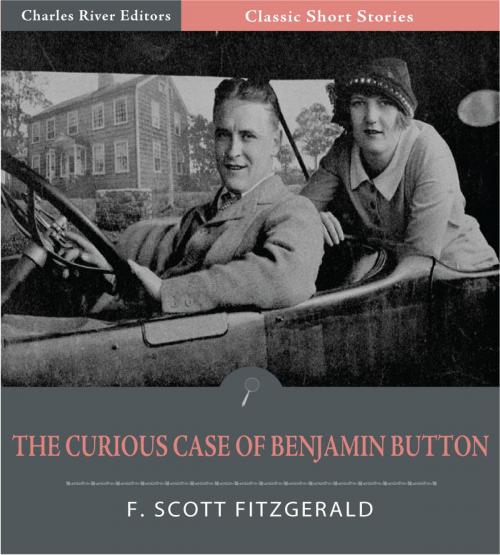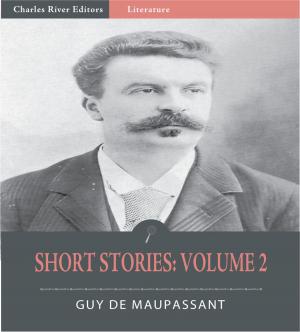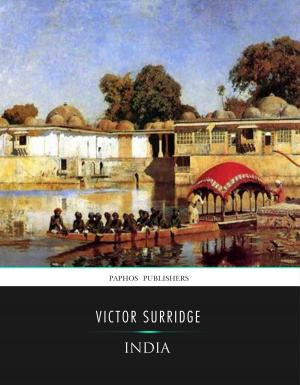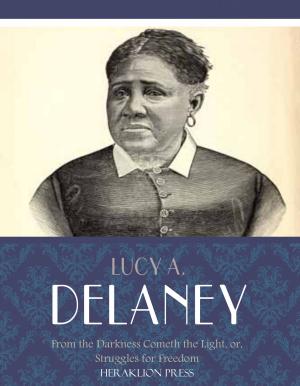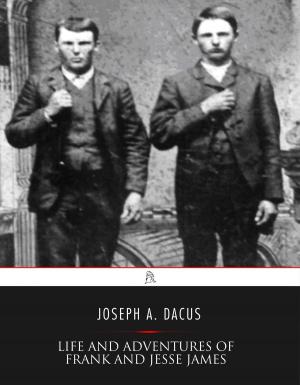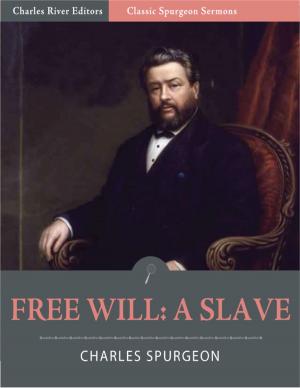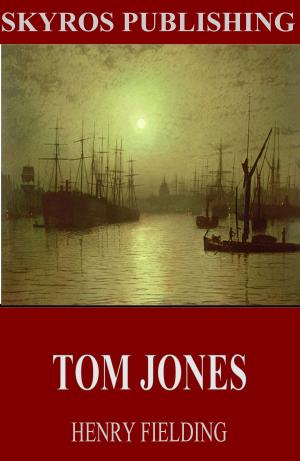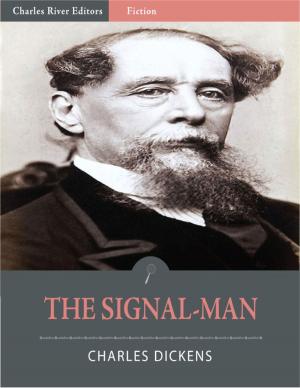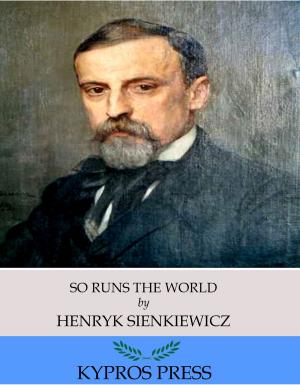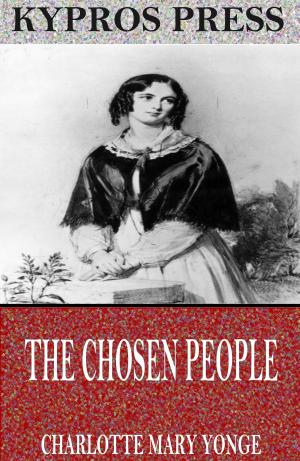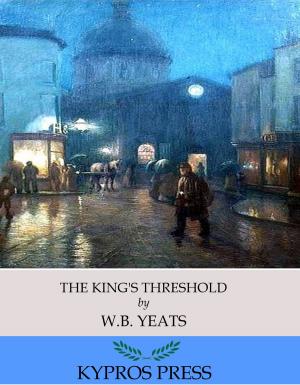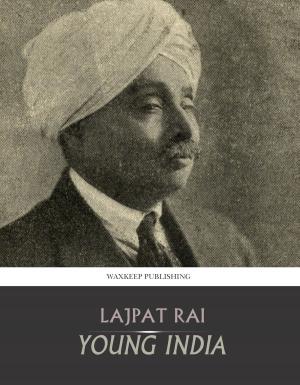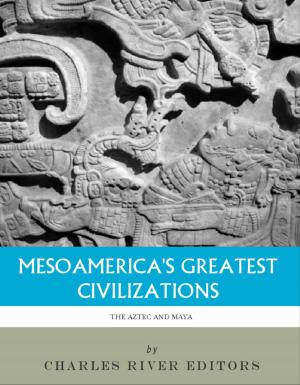The Curious Case of Benjamin Button (Illustrated Edition)
Fiction & Literature, Cultural Heritage, Classics, Literary| Author: | F. Scott Fitzgerald | ISBN: | 9781475302769 |
| Publisher: | Charles River Editors | Publication: | March 7, 2012 |
| Imprint: | Language: | English |
| Author: | F. Scott Fitzgerald |
| ISBN: | 9781475302769 |
| Publisher: | Charles River Editors |
| Publication: | March 7, 2012 |
| Imprint: | |
| Language: | English |
The 1920s in the United States were known as the Roaring Twenties and the ultimate Jazz Age for the nation, a time that glorified hard and fast living. And nobody personified it or wrote so descriptively about it as F. Scott Fitzgerald (1896-1940), whose name became synonymous with the times after penning the epic Great Gatsby. Along with his dazzling wife Zelda, Fitzgerald was all too keen to play the role. When his writing made them celebrities, they were celebrated by the national press for being young, seemingly wealthy, beautiful, and energetic. While Scott used their relationship as material in his novels, Zelda wrote herself, and she also strove to become a ballerina. The Fitzgerald barely outlasted the 20s. Their hard living left Fitzgerald, a notorious alcoholic, in poor health by the 30s. Financially broke, he would die of a massive heartattack in 1940, by which time Zelda had already suffered various mental illnesses. Zelda died in a freak fire in 1948, both Fitzgeralds having burned out almost as quickly as they had shined. Interest in the Fitzgeralds, and particularly his writing, revived in the 50s and has been steady ever since, with Fitzgeralds Great Gatsby and other stories like This Side of Paradise being read in classrooms across the United States. In addition to their extraordinary literary quality, they continue to represent the optimism of the Roaring Twenties. One of Fitzgeralds best known short stories, "The Curious Case of Benjamin Button", tells the story of Benjamin Button, who was born an old man but died young, with age being reversed. The story was introduced to new generations in a popular motion picture starring Brad Pitt a few years ago. This edition of Fitzgeralds The Curious Case of Benjamin Button is specially formatted with a Table of Contents and is illustrated with over a dozen pictures of the Fitzgeralds, their lives, and works.
The 1920s in the United States were known as the Roaring Twenties and the ultimate Jazz Age for the nation, a time that glorified hard and fast living. And nobody personified it or wrote so descriptively about it as F. Scott Fitzgerald (1896-1940), whose name became synonymous with the times after penning the epic Great Gatsby. Along with his dazzling wife Zelda, Fitzgerald was all too keen to play the role. When his writing made them celebrities, they were celebrated by the national press for being young, seemingly wealthy, beautiful, and energetic. While Scott used their relationship as material in his novels, Zelda wrote herself, and she also strove to become a ballerina. The Fitzgerald barely outlasted the 20s. Their hard living left Fitzgerald, a notorious alcoholic, in poor health by the 30s. Financially broke, he would die of a massive heartattack in 1940, by which time Zelda had already suffered various mental illnesses. Zelda died in a freak fire in 1948, both Fitzgeralds having burned out almost as quickly as they had shined. Interest in the Fitzgeralds, and particularly his writing, revived in the 50s and has been steady ever since, with Fitzgeralds Great Gatsby and other stories like This Side of Paradise being read in classrooms across the United States. In addition to their extraordinary literary quality, they continue to represent the optimism of the Roaring Twenties. One of Fitzgeralds best known short stories, "The Curious Case of Benjamin Button", tells the story of Benjamin Button, who was born an old man but died young, with age being reversed. The story was introduced to new generations in a popular motion picture starring Brad Pitt a few years ago. This edition of Fitzgeralds The Curious Case of Benjamin Button is specially formatted with a Table of Contents and is illustrated with over a dozen pictures of the Fitzgeralds, their lives, and works.
